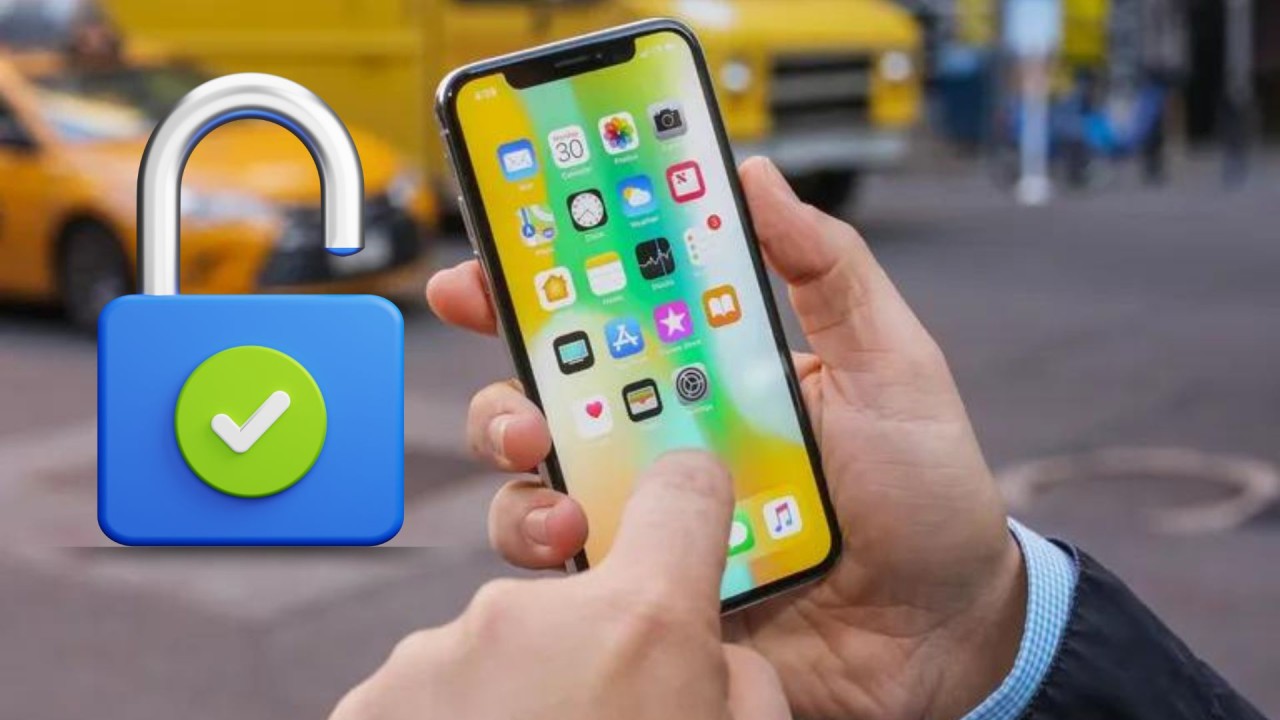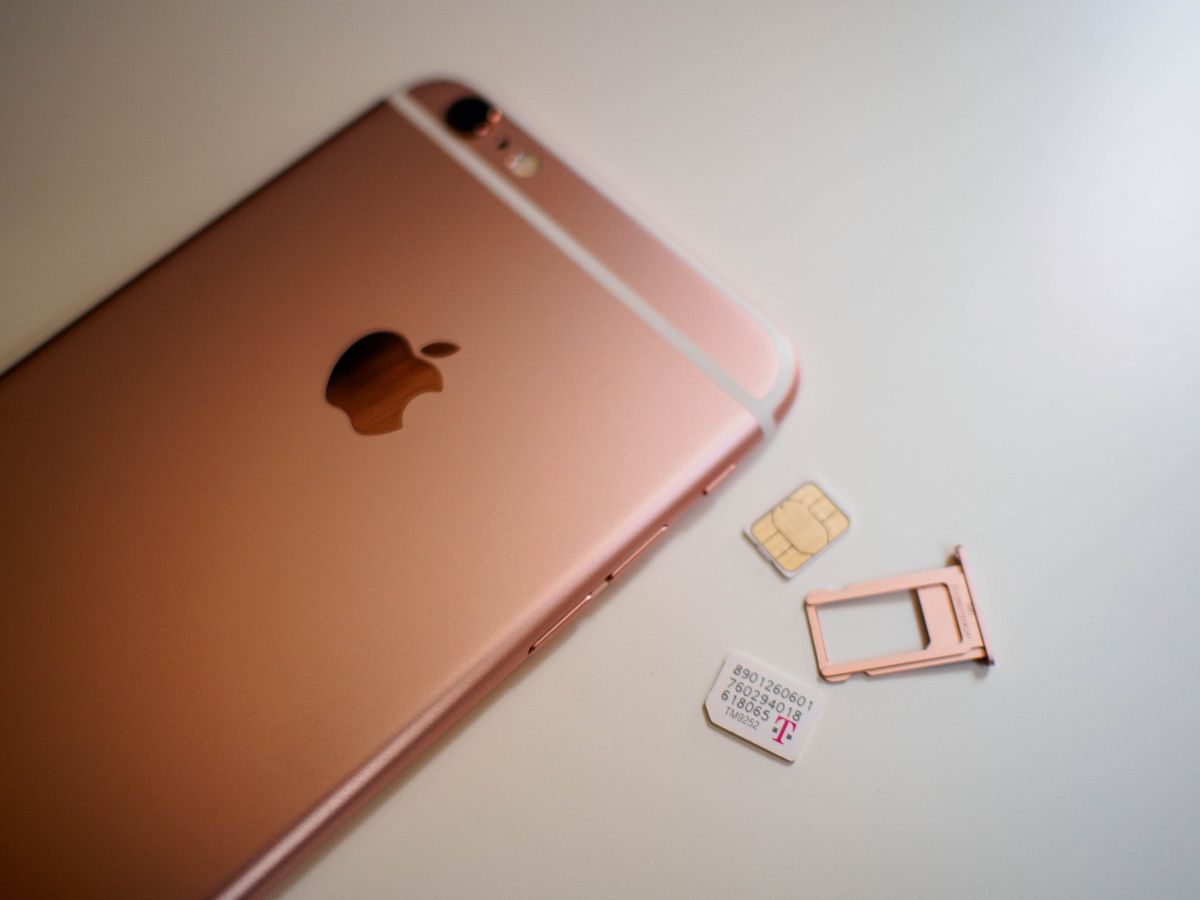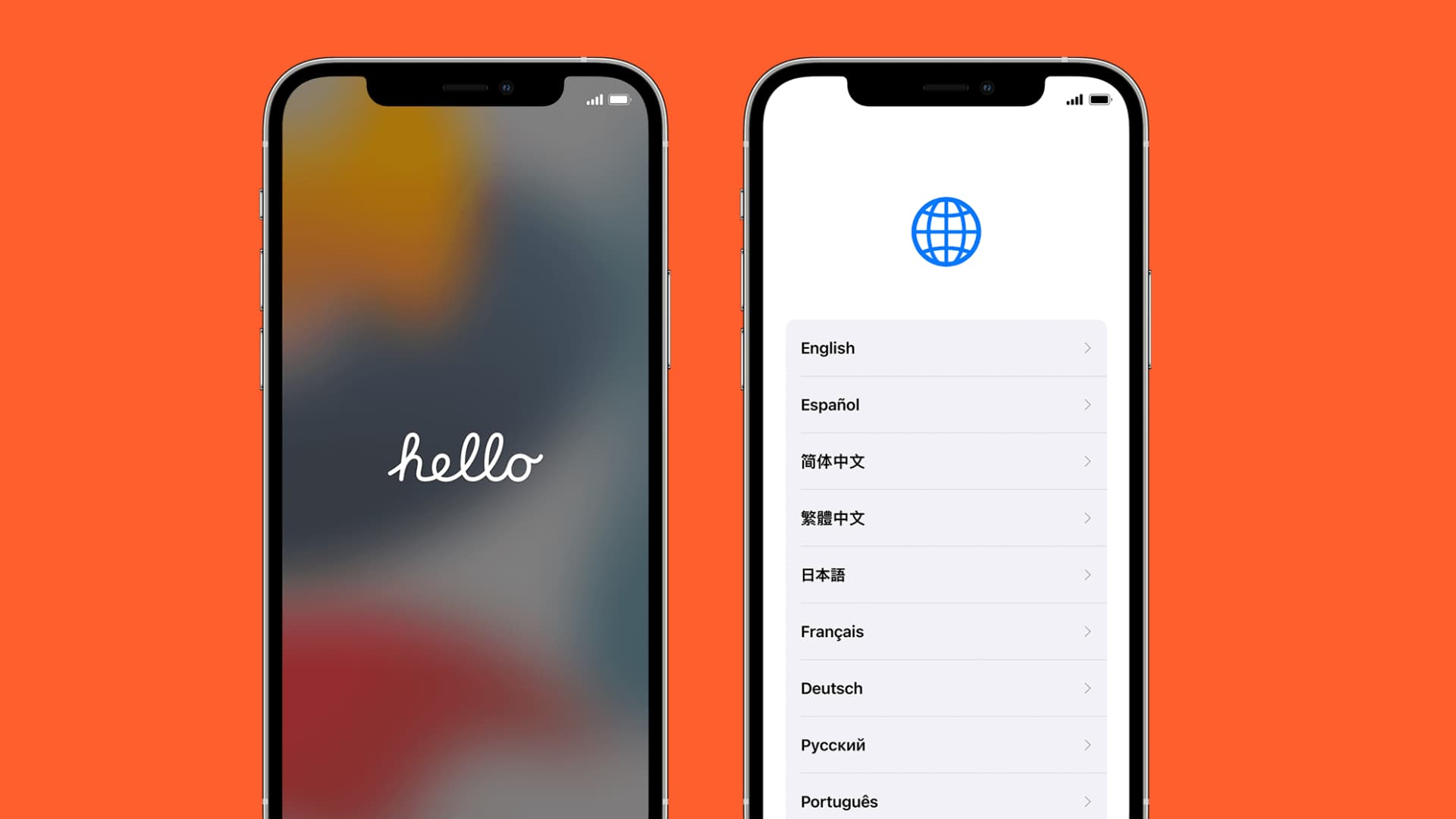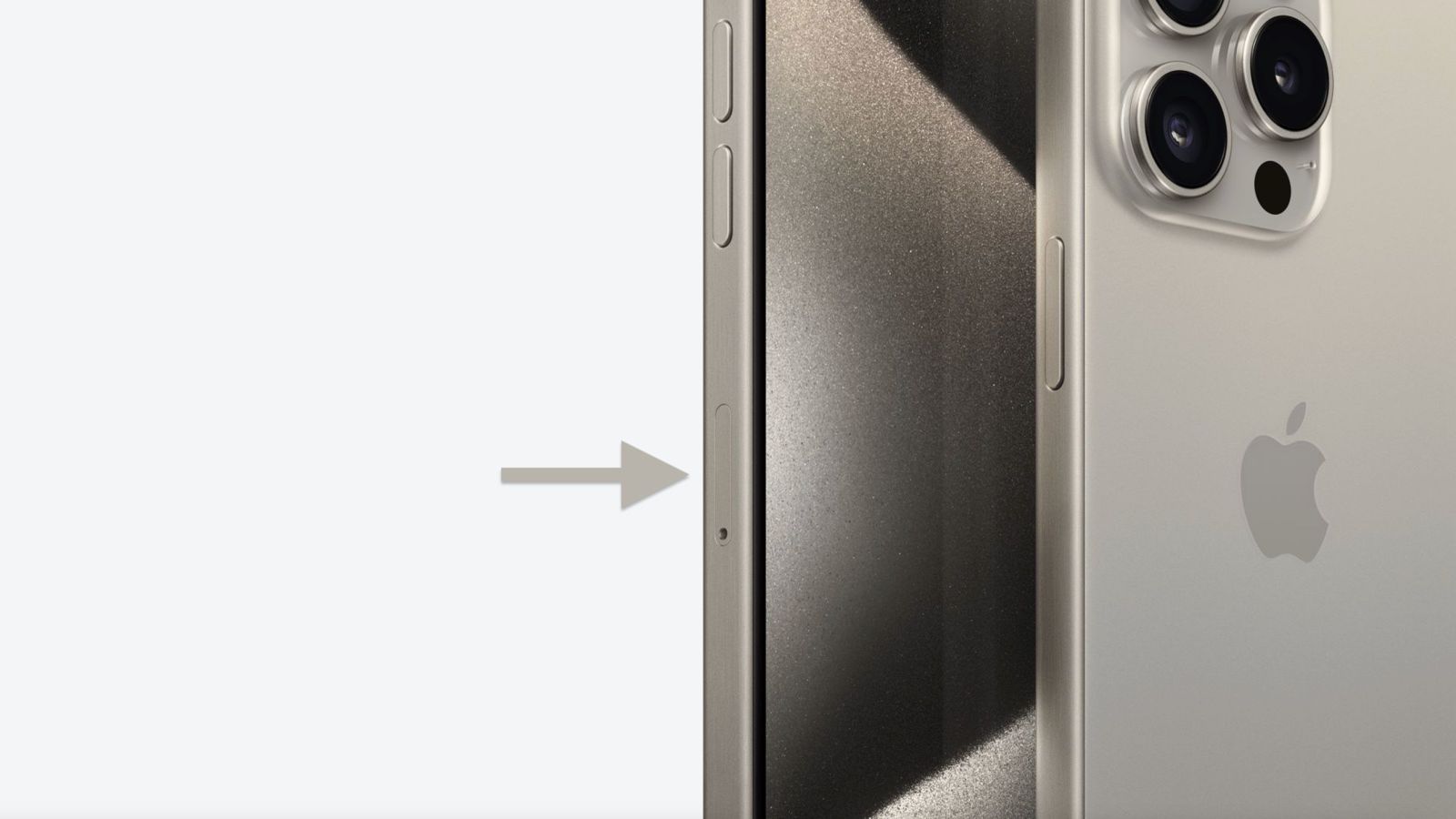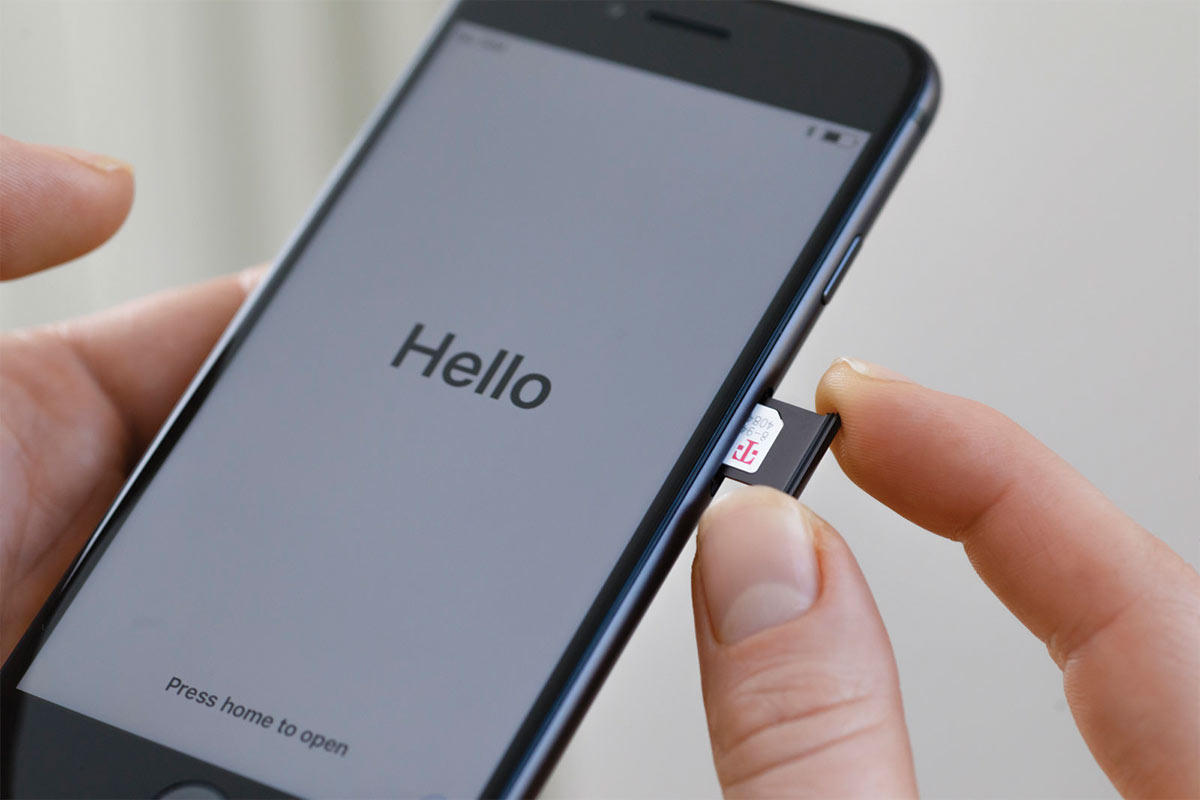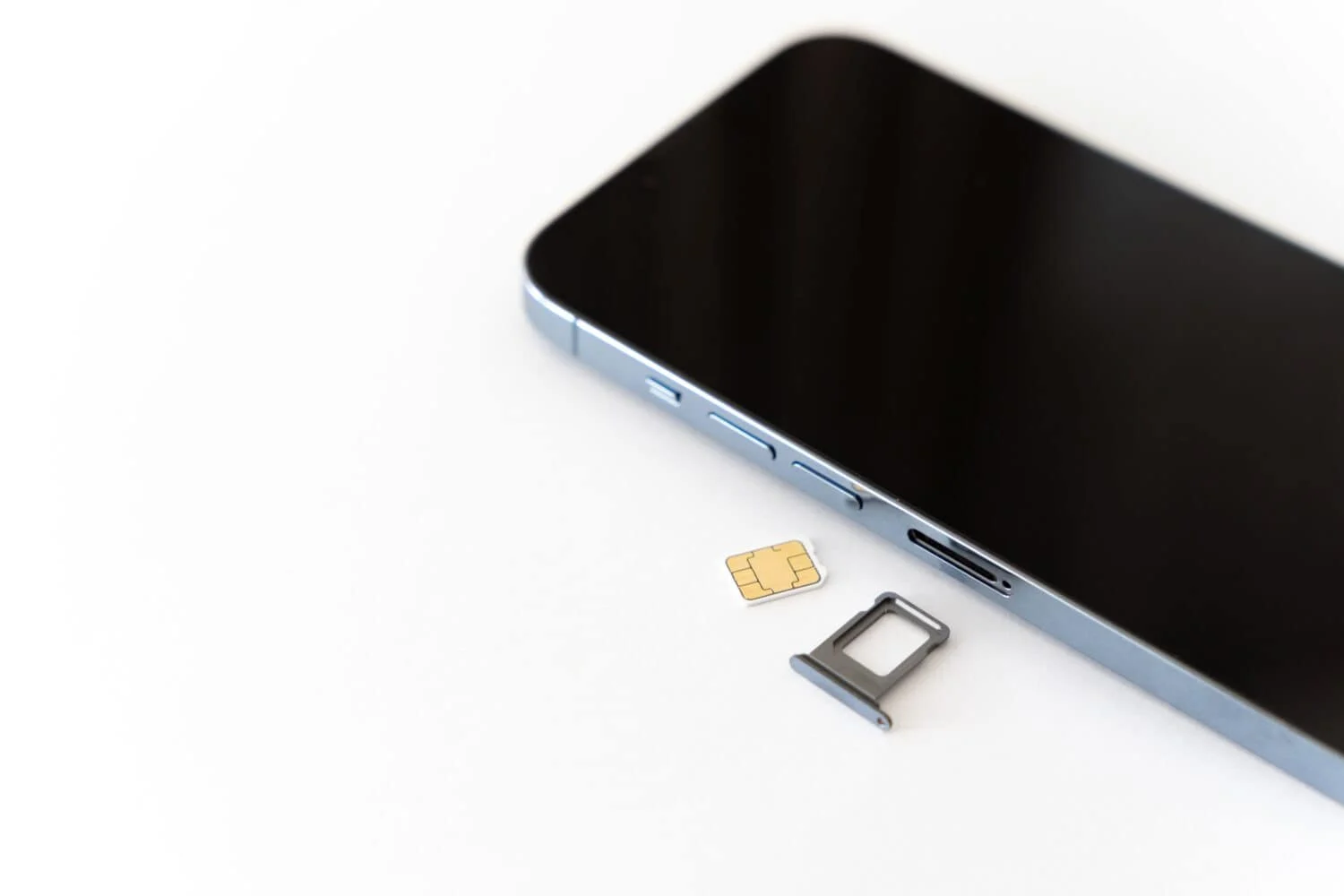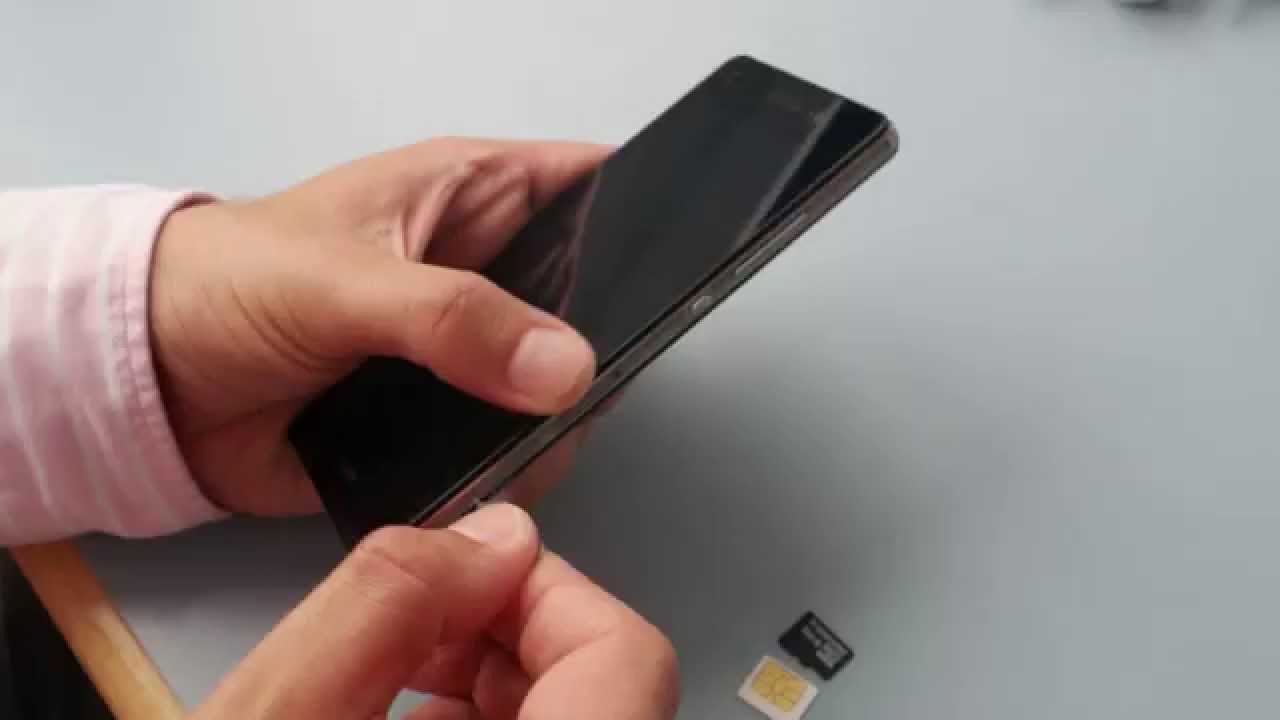Introduction
When it comes to ensuring that your iPhone is fully equipped to keep you connected, one essential component plays a pivotal role: the SIM card. The Subscriber Identity Module (SIM) card is a small but mighty device that holds crucial information, such as your phone number, carrier details, and personal contacts. Understanding how to check for a SIM card in your iPhone is fundamental for troubleshooting network issues, changing carriers, or upgrading your device.
In this comprehensive guide, we will walk you through the process of locating the SIM card tray, ejecting it, and inspecting the SIM card to ensure it is properly inserted in your iPhone. Whether you are a tech-savvy individual or a newcomer to the world of mobile devices, this step-by-step tutorial will equip you with the knowledge and confidence to manage your iPhone's SIM card with ease.
Let's embark on this journey to demystify the intricacies of your iPhone's SIM card, empowering you to take control of your device's connectivity and communication capabilities. By the end of this guide, you will be well-versed in the art of checking for a SIM card in your iPhone, ready to tackle any related challenges that may arise.
Step 1: Locating the SIM card tray
The first step in checking for a SIM card in your iPhone is to locate the SIM card tray. This small yet crucial component is responsible for housing the SIM card securely within your device. Depending on the iPhone model you own, the location of the SIM card tray may vary.
For most iPhone models, the SIM card tray is typically positioned on the right-hand side of the device. It is worth noting that some older iPhone models, such as the iPhone 4 and 4s, feature the SIM card tray at the top of the device. To ensure you locate the SIM card tray accurately, it is advisable to refer to the user manual specific to your iPhone model.
Once you have identified the position of the SIM card tray, you will notice a small pinhole adjacent to it. This pinhole serves as the entry point for the SIM card ejection tool, which is essential for removing the SIM card tray from your iPhone. The ejection tool is often included in the original packaging of your iPhone, but in the event that it is misplaced, a paperclip can serve as a suitable alternative for ejecting the SIM card tray.
By familiarizing yourself with the precise location of the SIM card tray and the corresponding ejection mechanism, you are one step closer to gaining a comprehensive understanding of your iPhone's internal components. This foundational knowledge will prove invaluable as you progress through the subsequent steps of checking for a SIM card in your iPhone.
With the SIM card tray identified, and the ejection tool at the ready, you are now prepared to embark on the next stage of this comprehensive guide. The journey to uncovering the intricacies of your iPhone's SIM card continues as we delve into the process of ejecting the SIM card tray with precision and confidence.
Step 2: Ejecting the SIM card tray
Ejecting the SIM card tray from your iPhone is a straightforward yet essential process that allows you to access the SIM card for inspection or replacement. The SIM card tray is designed to securely hold the SIM card within your device, and proper ejection ensures that you can handle the SIM card with care and precision.
To begin the ejection process, locate the small pinhole adjacent to the SIM card tray on your iPhone. This pinhole serves as the entry point for the SIM card ejection tool, which is specifically designed to release the SIM card tray from its position within the device. If the original ejection tool is unavailable, a paperclip can be used as a suitable alternative to initiate the ejection process.
Insert the SIM card ejection tool or the unfolded end of a paperclip into the pinhole with gentle pressure, ensuring that it is aligned with the internal mechanism responsible for releasing the SIM card tray. Apply a steady and controlled force to the ejection tool, and you will feel a slight resistance as the mechanism is engaged.
Upon successfully triggering the ejection mechanism, the SIM card tray will protrude slightly from the device, allowing you to grasp and remove it carefully. It is important to handle the SIM card tray with care, ensuring that it is extracted smoothly without any abrupt movements that could potentially damage the internal components of your iPhone.
As the SIM card tray is fully extended, delicately pull it out of the device, taking note of the orientation and position of the SIM card within the tray. The SIM card is designed to fit snugly into a designated slot, and by observing its placement within the tray, you can ensure that it is reinserted correctly after inspection or replacement.
With the SIM card tray removed, you now have unhindered access to the SIM card, allowing you to proceed with the next steps in checking for its presence and condition. This pivotal stage in the process sets the foundation for a thorough assessment of the SIM card, ensuring that it is firmly seated and functioning optimally within your iPhone.
The successful ejection of the SIM card tray signifies a significant milestone in your journey to master the intricacies of your iPhone's SIM card. As you proceed to the subsequent steps, you will leverage this newfound knowledge to navigate the process with confidence and precision, ultimately empowering you to manage your iPhone's connectivity with ease and proficiency.
Step 3: Removing the SIM card
With the SIM card tray successfully ejected from your iPhone, the next crucial step in the process of checking for a SIM card involves removing the SIM card from its designated slot within the tray. This delicate procedure requires precision and care to ensure that the SIM card is handled with the utmost attention and safeguarded against any potential damage.
Upon examining the SIM card tray, you will notice a designated slot that securely houses the SIM card. Gently inspect the position of the SIM card within the tray, taking note of its orientation and alignment. The SIM card is designed to fit snugly into the slot, and it is essential to handle it with care to avoid any unintended movements that could compromise its integrity.
To remove the SIM card from the tray, delicately slide it out using your fingertips, maintaining a steady and controlled grip to prevent any unnecessary bending or flexing. The SIM card is a compact and resilient component, but it is crucial to exercise caution during the removal process to avoid any potential damage to its delicate circuitry.
As the SIM card is carefully extracted from the tray, take a moment to inspect its surface for any signs of damage, such as scratches or discoloration. Additionally, ensure that the metallic contacts on the SIM card are free from debris or corrosion, as these factors can impact its functionality and connectivity.
By gently handling the SIM card and conducting a visual assessment, you gain valuable insights into its condition and integrity. This meticulous examination sets the stage for the subsequent step of checking for the presence and condition of the SIM card, allowing you to make informed decisions regarding its maintenance or potential replacement.
With the SIM card safely removed from the tray, you are now equipped with a comprehensive understanding of its physical condition and suitability for continued use. This pivotal stage in the process underscores the significance of handling the SIM card with precision and care, ensuring that it remains a reliable component within your iPhone's connectivity framework.
Step 4: Checking for a SIM card
With the SIM card tray in hand and the SIM card delicately removed, you are now poised to embark on the pivotal stage of checking for the presence and condition of the SIM card. This step is instrumental in ensuring that your iPhone is equipped with a functioning SIM card, essential for seamless connectivity and communication.
Begin by visually inspecting the SIM card tray to verify whether the SIM card is seated within its designated slot. Take note of the positioning and alignment of the SIM card, ensuring that it is securely nestled within the tray without any signs of displacement or damage. The SIM card is a compact yet resilient component, and a thorough visual assessment of its placement sets the foundation for a comprehensive inspection.
Next, direct your attention to the SIM card itself, examining its surface for any indications of wear, such as scratches, dents, or discoloration. Additionally, inspect the metallic contacts on the SIM card, ensuring that they are free from debris, corrosion, or other forms of obstruction that could impede its functionality.
In the event that the SIM card exhibits any signs of damage or irregularities, it is advisable to consider replacing it with a new SIM card provided by your carrier. A well-maintained and undamaged SIM card is essential for optimal network performance and reliability, and proactive maintenance ensures that your iPhone remains equipped with a robust connectivity solution.
If the SIM card is found to be in good condition and securely seated within the tray, you can proceed to reinsert the SIM card tray into your iPhone with confidence, knowing that your device is equipped with a reliable and functional SIM card.
By meticulously checking for the presence and condition of the SIM card, you demonstrate a proactive approach to maintaining the integrity of your iPhone's connectivity framework. This foundational step empowers you to make informed decisions regarding the maintenance and replacement of the SIM card, ensuring that your device remains primed for seamless communication and network connectivity.
With the SIM card inspection complete, you are now prepared to seamlessly transition to the final step of reinserting the SIM card tray into your iPhone, culminating in a comprehensive and empowered approach to managing your device's connectivity and communication capabilities.
Step 5: Reinserting the SIM card tray
With the meticulous inspection of the SIM card completed, the final step in this comprehensive guide involves reinserting the SIM card tray into your iPhone with precision and confidence. This pivotal stage ensures that the SIM card is securely positioned within your device, ready to facilitate seamless connectivity and communication.
Begin by aligning the SIM card tray with the corresponding slot on your iPhone, taking care to orient it in the correct position to facilitate a smooth and secure reinsertion. The SIM card tray is designed to fit snugly into the device, and by aligning it accurately, you ensure that the SIM card is seated optimally within your iPhone.
Delicately slide the SIM card tray back into the designated slot, applying gentle and consistent pressure to guide it into place. It is essential to exercise caution and avoid any abrupt movements that could potentially disrupt the positioning of the SIM card within the tray.
As the SIM card tray is seamlessly reinserted into your iPhone, take a moment to ensure that it sits flush with the device's frame, indicating a secure and stable placement. The smooth reinsertion of the SIM card tray signifies the successful completion of the process, culminating in a well-maintained and optimally configured SIM card within your iPhone.
By reinserting the SIM card tray with precision and care, you reaffirm the integrity of your iPhone's connectivity framework, ensuring that the SIM card is poised to deliver reliable network performance and seamless communication capabilities. This final step encapsulates the culmination of your efforts to master the intricacies of checking for a SIM card in your iPhone, empowering you to navigate the process with confidence and proficiency.
With the SIM card tray securely reinserted into your iPhone, you have successfully completed the comprehensive journey of inspecting, handling, and maintaining the crucial component that underpins your device's connectivity. Your newfound expertise in managing the SIM card within your iPhone positions you to address any related challenges with ease, ensuring that your device remains primed for uninterrupted communication and network connectivity.
Conclusion
In conclusion, the process of checking for a SIM card in your iPhone encompasses a series of essential steps that empower you to maintain and optimize the connectivity framework of your device. By following this comprehensive guide, you have gained a deep understanding of the intricacies involved in locating the SIM card tray, ejecting it with precision, removing the SIM card, inspecting its condition, and reinserting the SIM card tray with care. This journey has equipped you with the knowledge and confidence to manage your iPhone's SIM card effectively, ensuring that it remains a reliable component for seamless communication and network connectivity.
The ability to locate the SIM card tray and understand the ejection mechanism is fundamental in navigating the internal components of your iPhone with precision and confidence. By familiarizing yourself with the positioning of the SIM card tray and the corresponding ejection process, you have established a solid foundation for managing the SIM card within your device.
The meticulous process of removing the SIM card from the tray and conducting a comprehensive inspection underscores the significance of handling this delicate component with care and attention to detail. By assessing the condition and integrity of the SIM card, you have demonstrated a proactive approach to maintaining its functionality and reliability, setting the stage for optimized network performance.
Furthermore, the seamless reinsertion of the SIM card tray into your iPhone signifies the successful completion of the process, culminating in a well-maintained and optimally configured SIM card within your device. This final step encapsulates the culmination of your efforts to master the intricacies of checking for a SIM card in your iPhone, empowering you to navigate the process with confidence and proficiency.
By leveraging the knowledge and skills acquired through this comprehensive guide, you are well-equipped to address any related challenges that may arise, ensuring that your iPhone remains primed for uninterrupted communication and network connectivity. The proactive approach to managing the SIM card within your device positions you as a capable and empowered user, ready to optimize your iPhone's connectivity framework with ease and proficiency.
In essence, the journey to check for a SIM card in your iPhone has not only provided you with practical insights but has also fostered a deeper connection with the foundational components that drive your device's communication capabilities. This newfound expertise positions you to navigate the intricacies of your iPhone's SIM card with confidence and precision, ensuring that your device remains a steadfast companion for seamless connectivity and communication.









